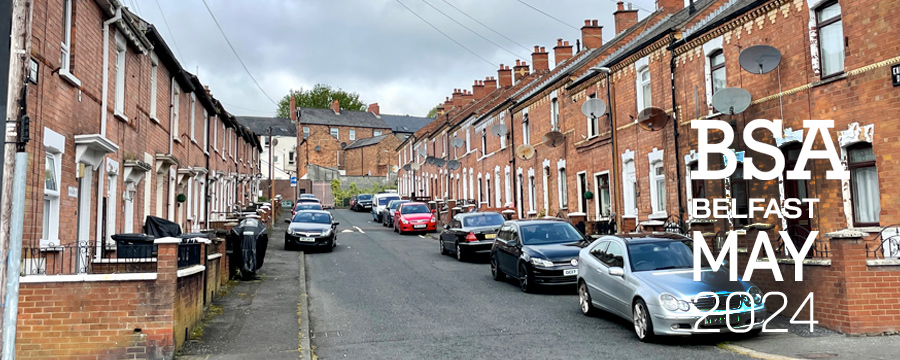
The Peace Walls in Belfast are a series of separation barriers erected during the Troubles, a period of conflict in Northern Ireland from the late 1960s to 1998. Constructed to separate predominantly Protestant and Catholic neighborhoods, these walls aimed to minimize inter-community violence and protect residents from attacks. Adorned with thousands of personal inscriptions from visitors, the Peace Walls stand as a poignant reminder of the city’s troubled past and a symbol of the ongoing journey toward peace and reconciliation.
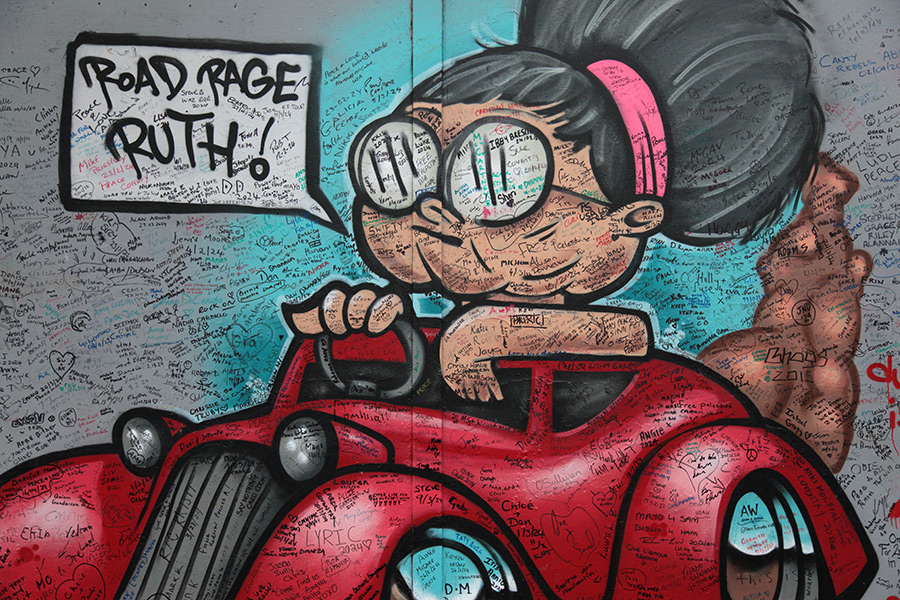
The first peace walls were built in 1969, following widespread violence. Initially intended as temporary structures, they became more permanent as the conflict persisted. Their primary purpose was to provide physical separation between communities in violent conflict, part of a broader effort to reduce the frequency and intensity of sectarian violence.
These walls vary in length and height, with roughly 100 segments totaling approximately 21 miles (34 kilometers). Over time, they have become canvases for murals and messages of peace. Locals and tourists have written messages on the walls, ranging from calls for peace and unity to personal reflections and political statements.
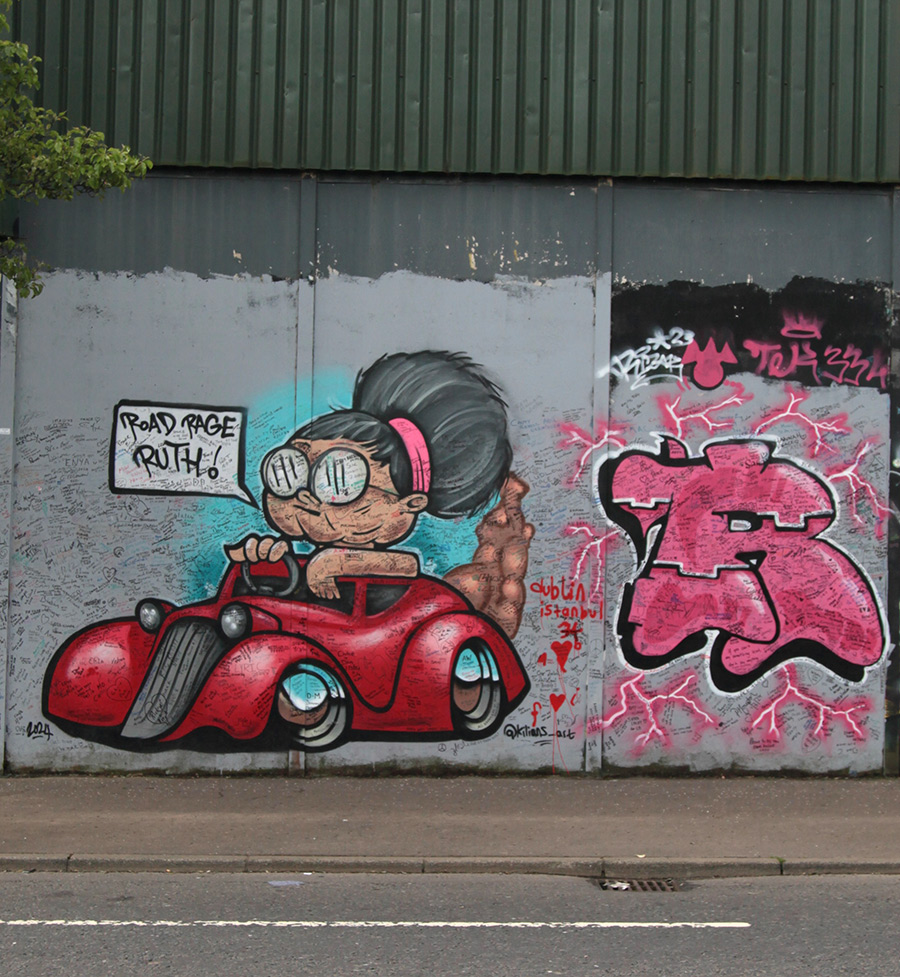
During our visits to the Peace Walls with our knowledgeable guide, Billy Scott, we had the opportunity to read many of these messages and reflect on the profound sentiments expressed. Sometimes, they are simply markers of pilgrimage; other times, the writers delve deep to express philosophical views and yearnings. With a backdrop of large graffiti pieces cradling these heartfelt or whimsical writings, visitors can be profoundly moved by our imperfect nature and global struggle to understand ourselves better.
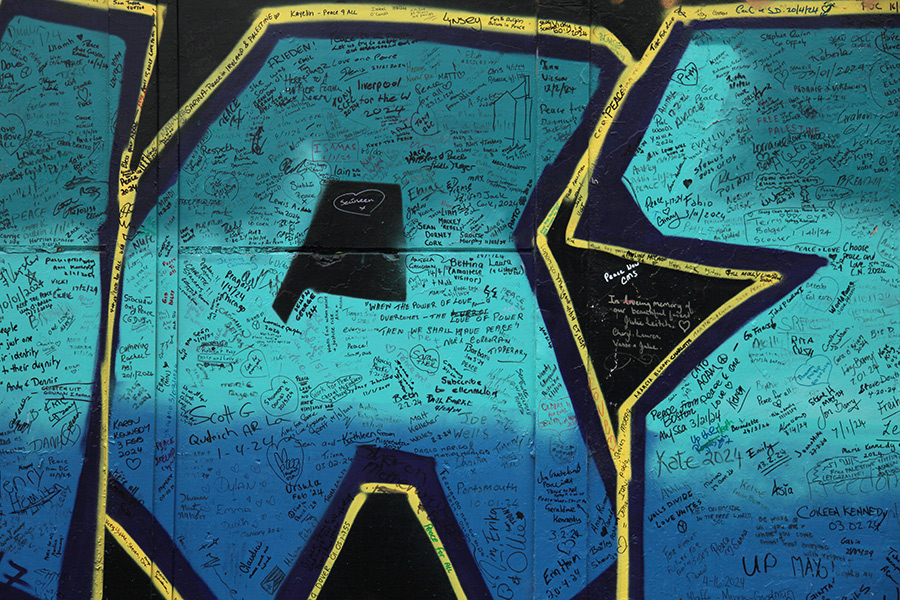
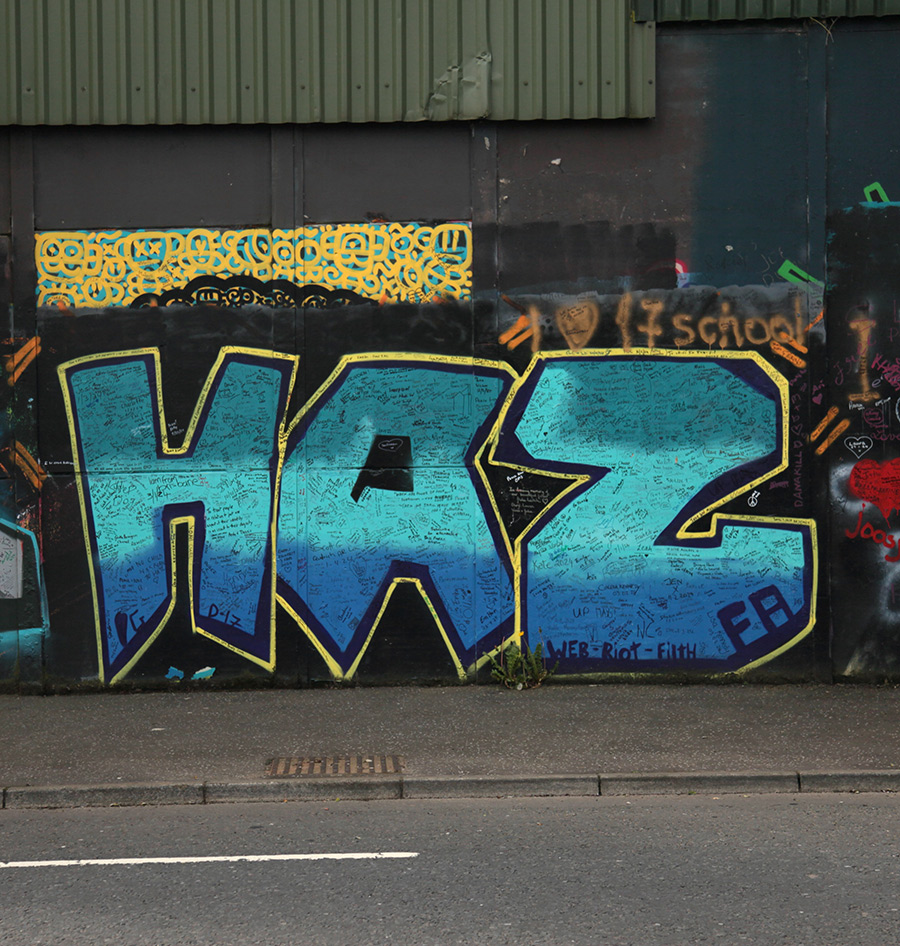
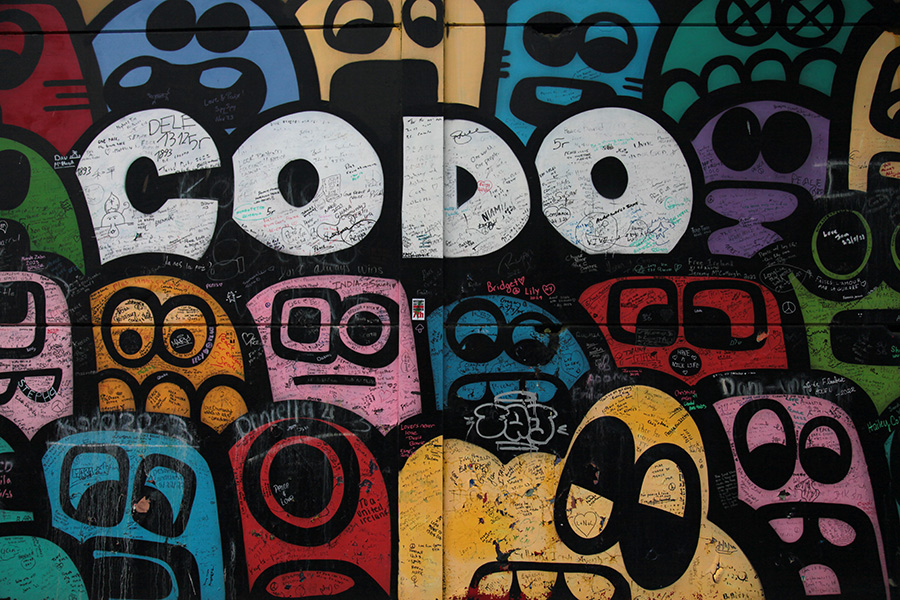
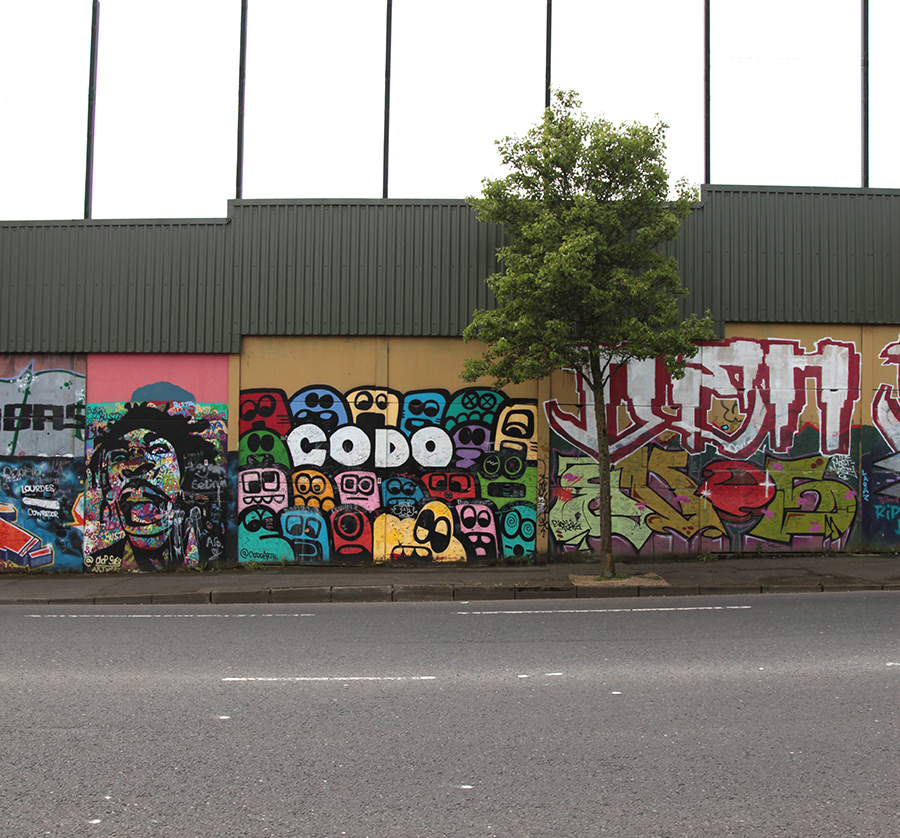
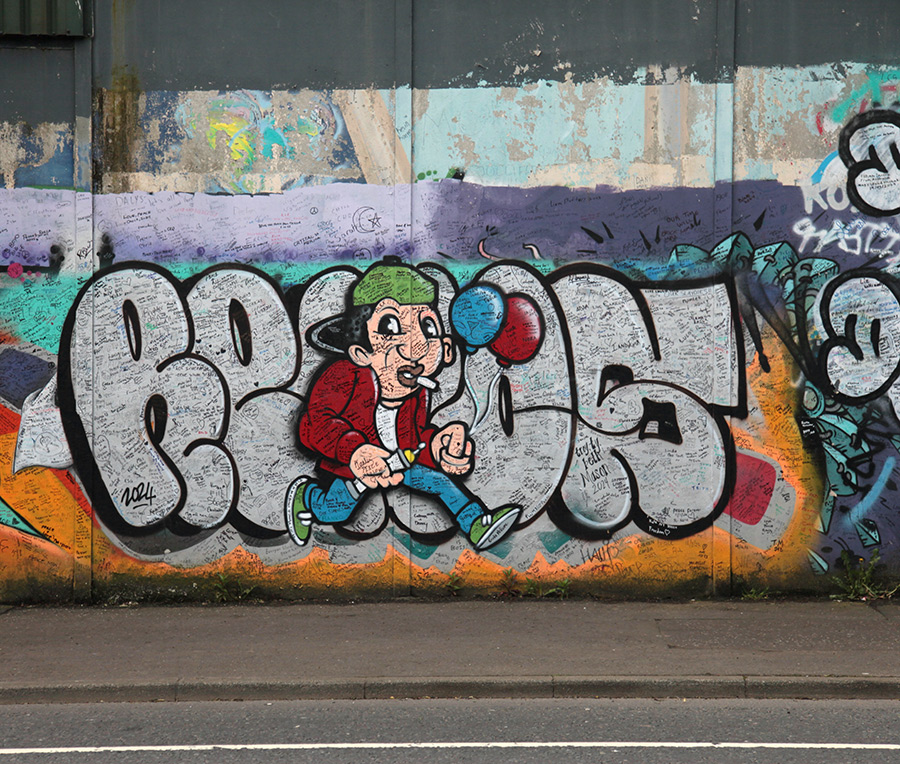
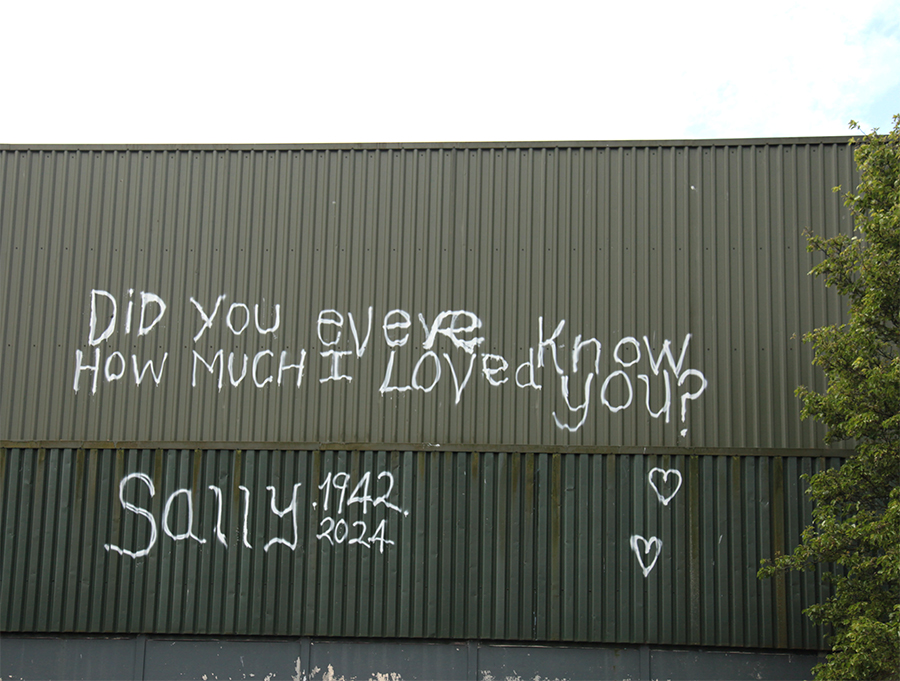
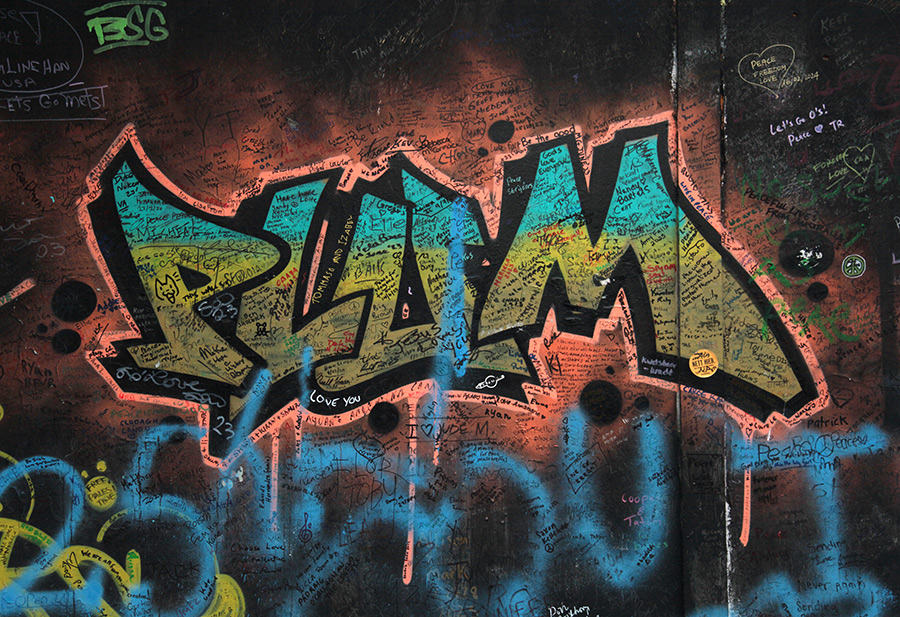
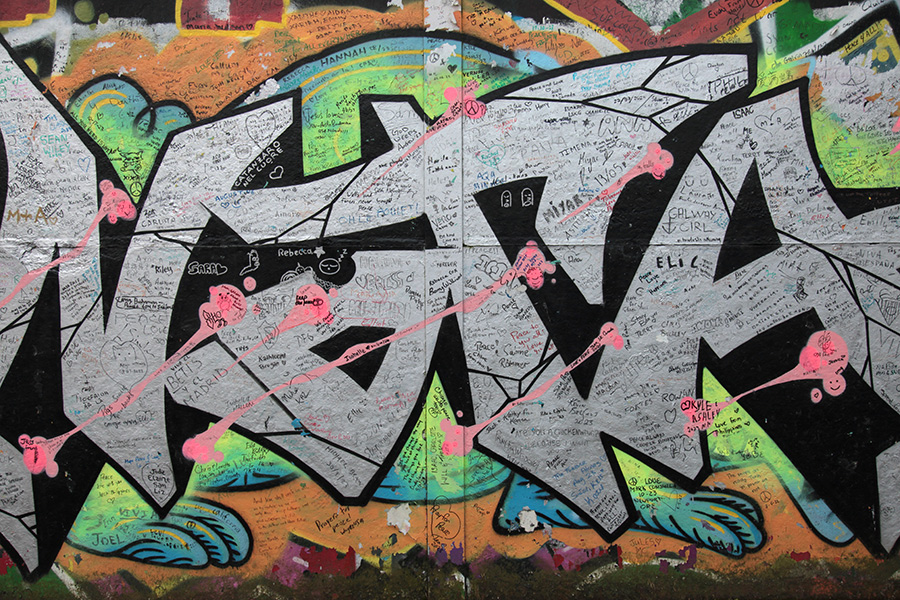
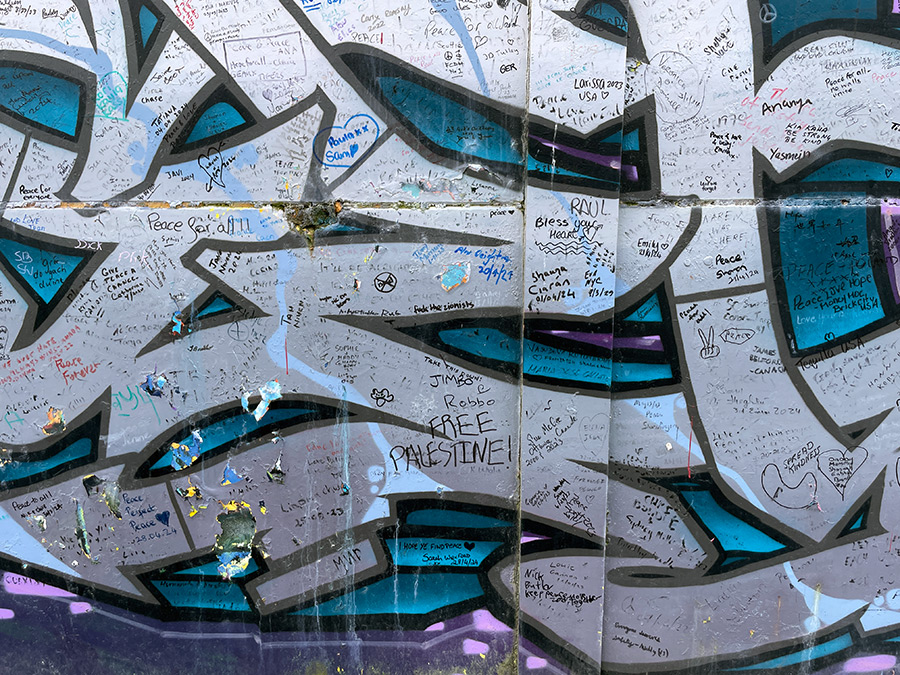
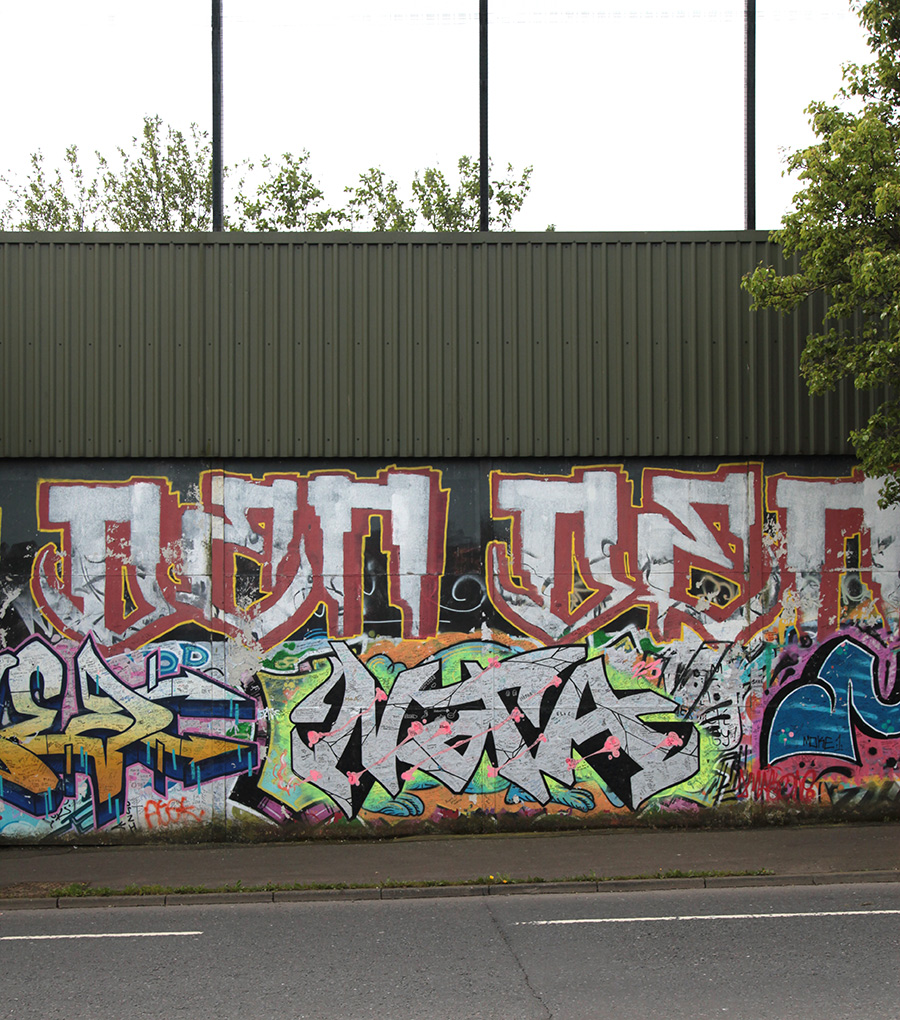
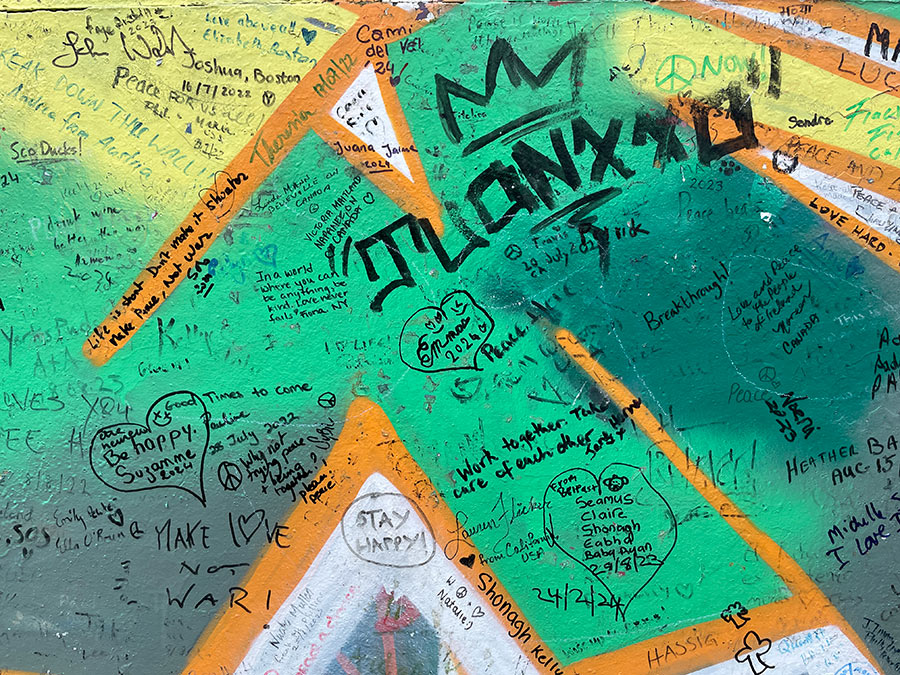
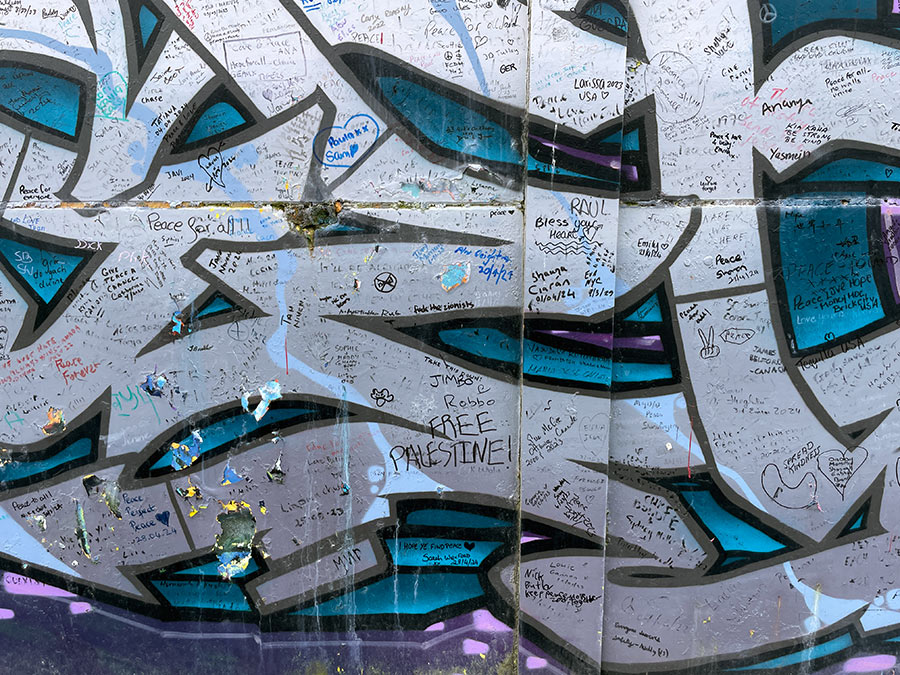
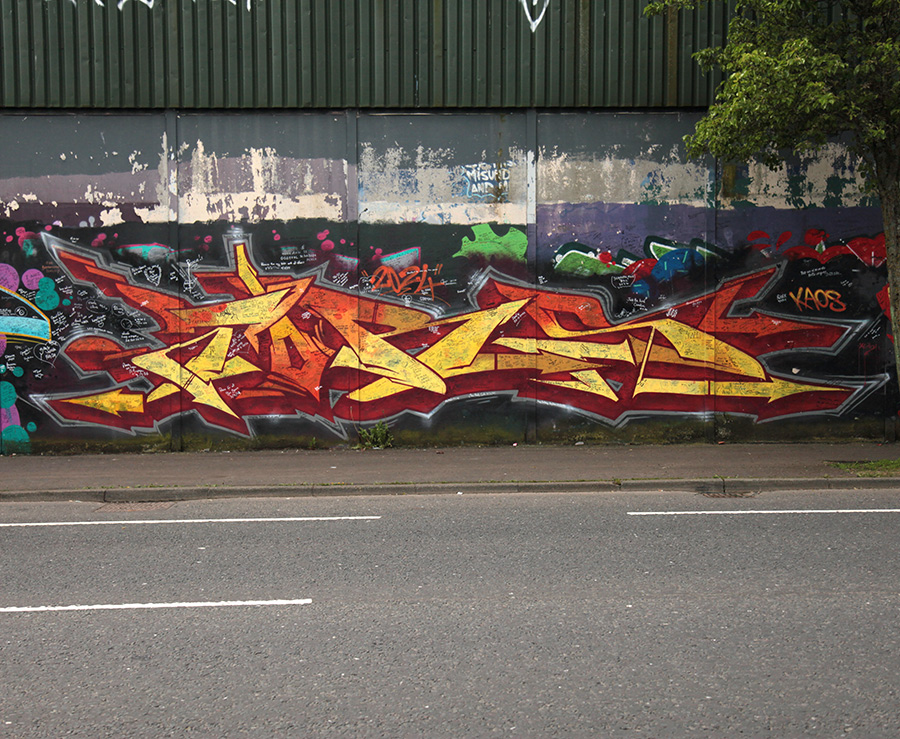
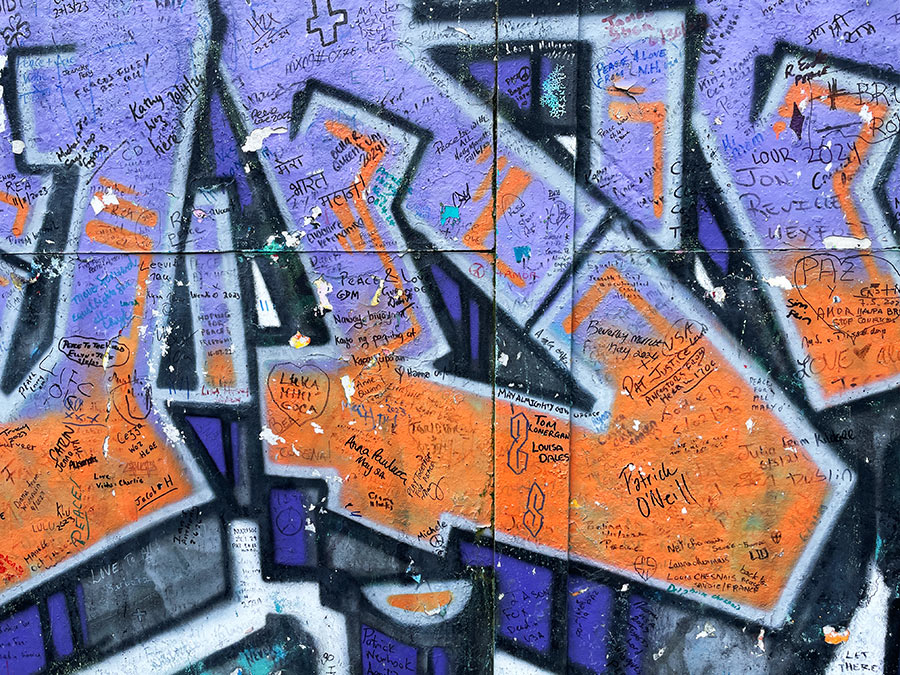
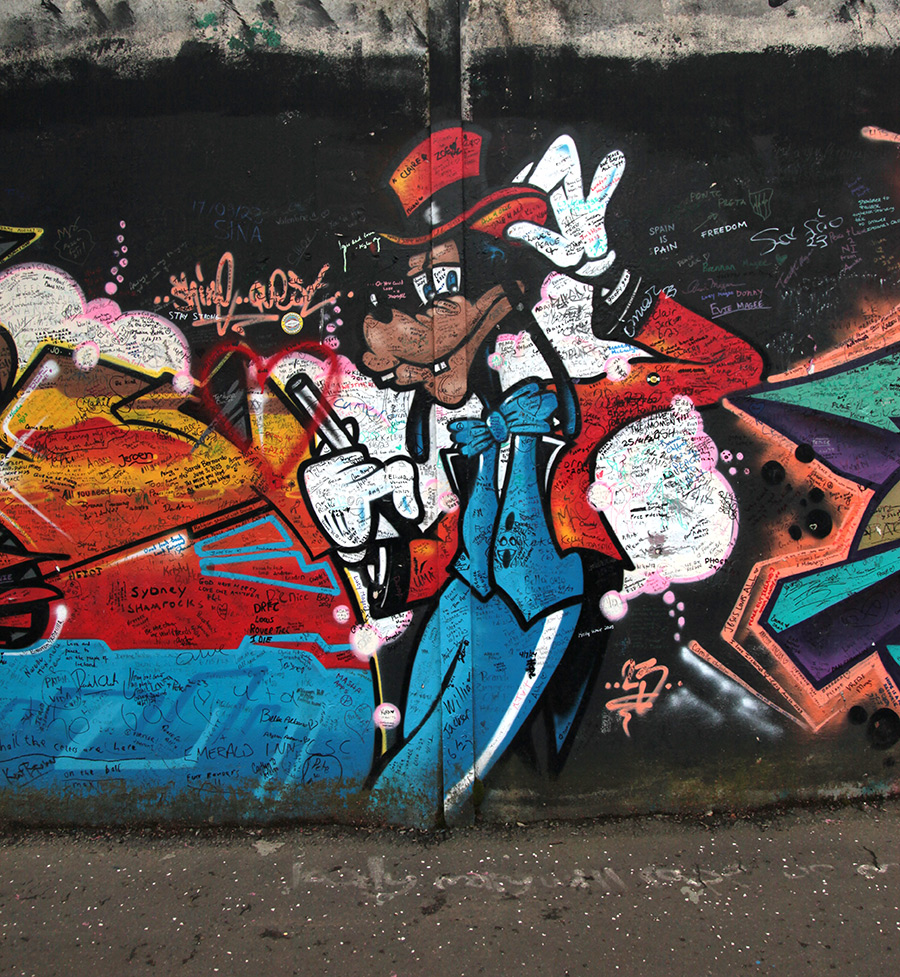
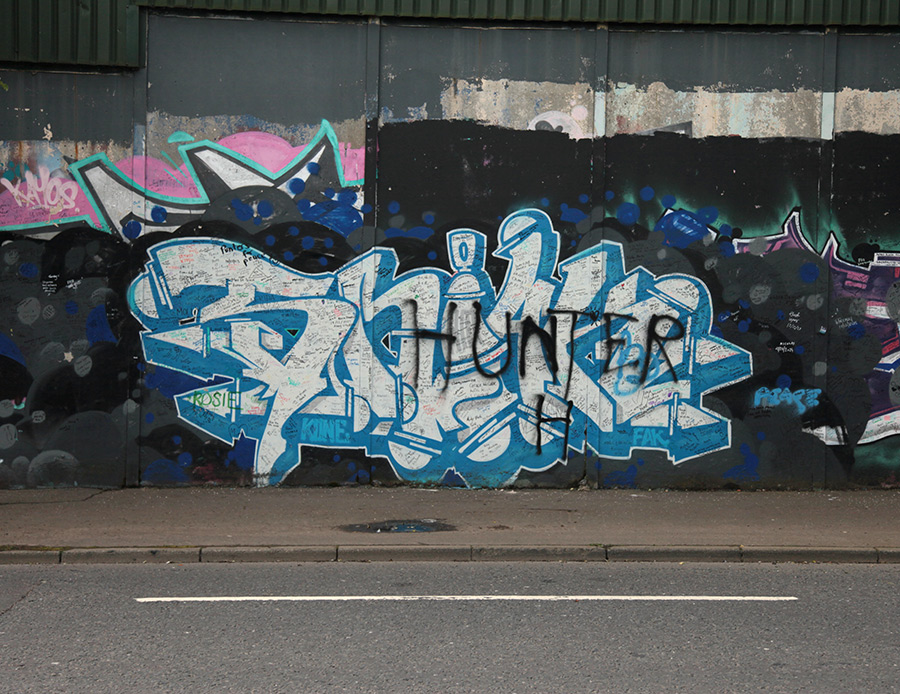
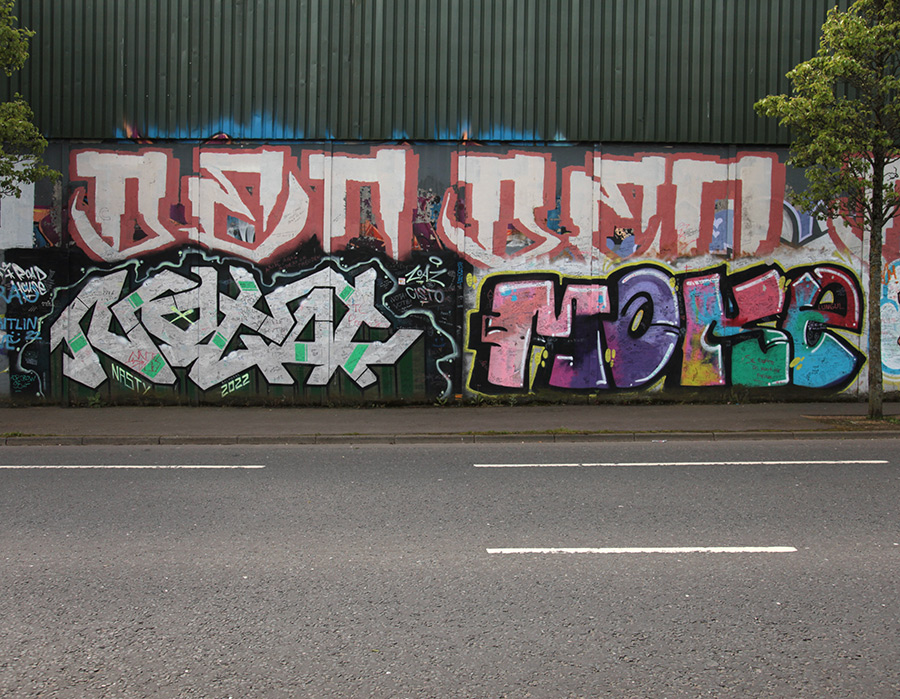
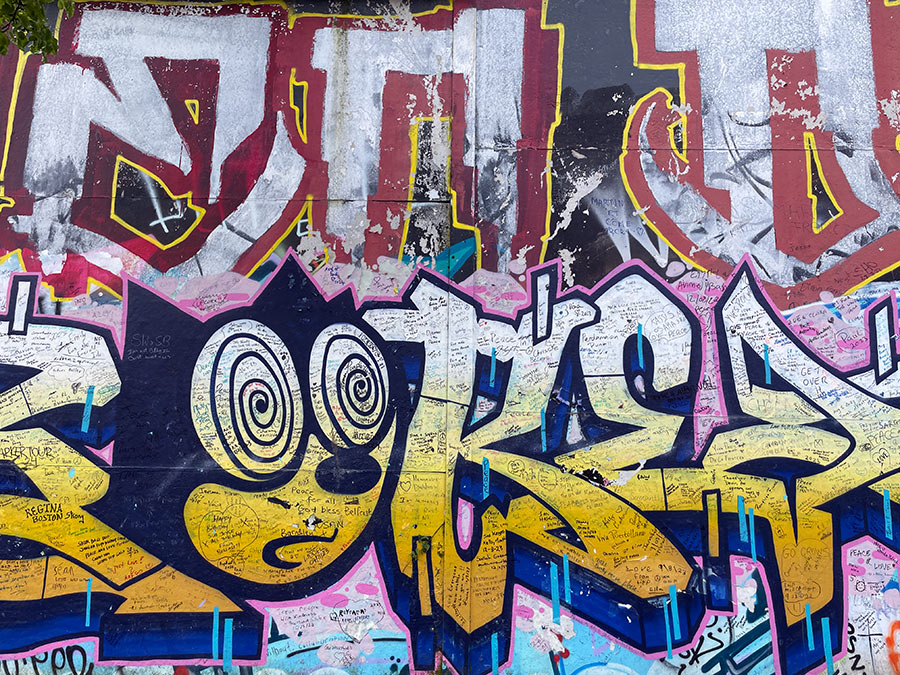
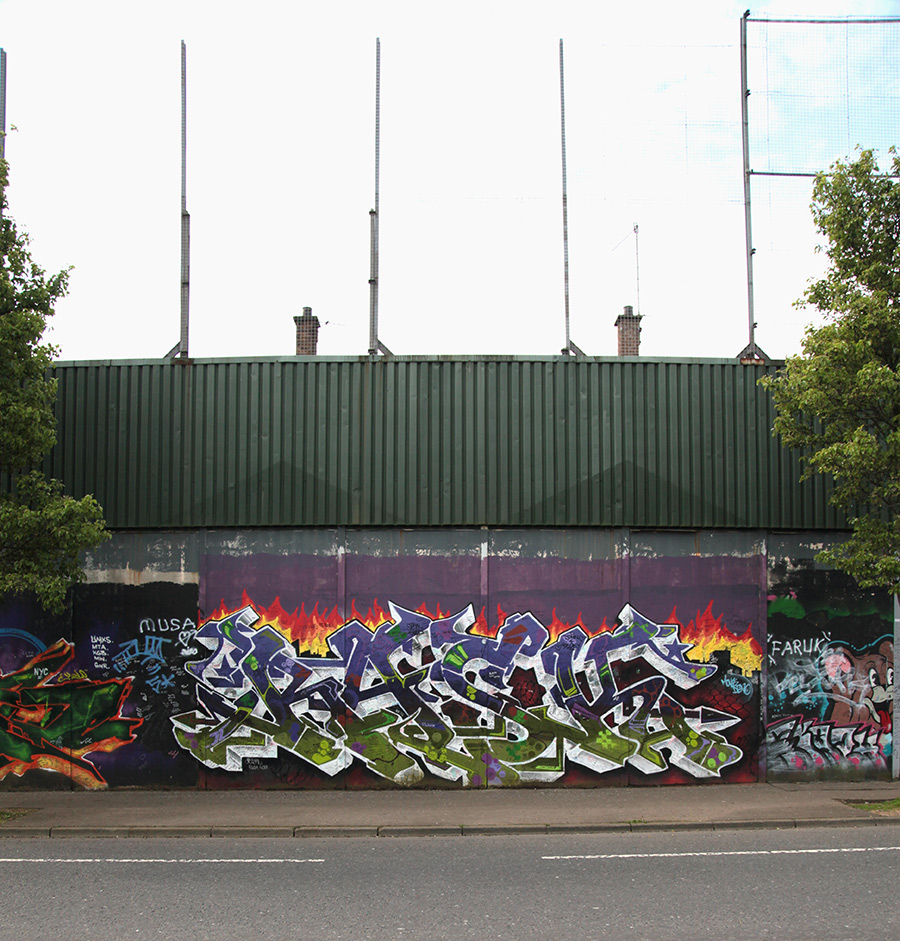
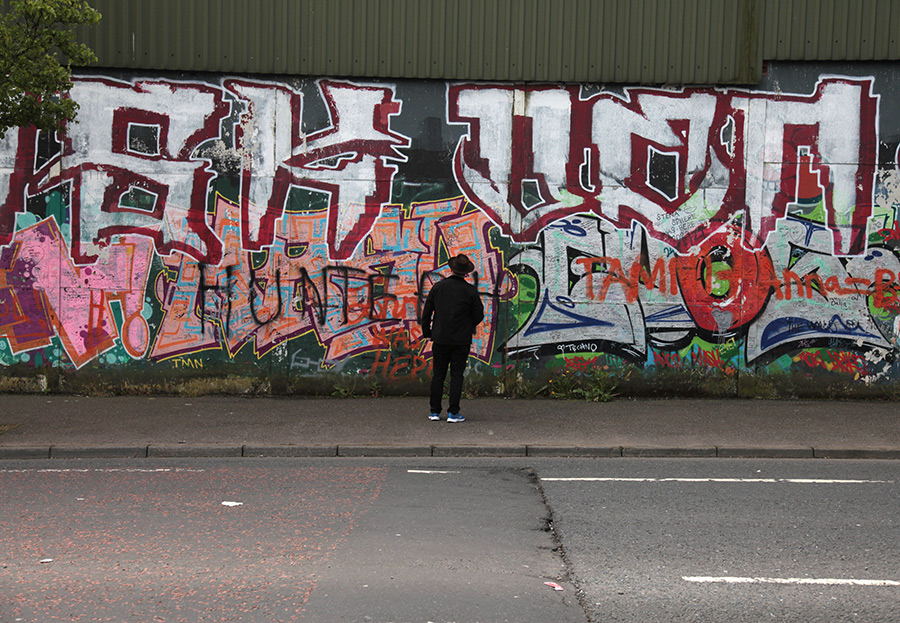
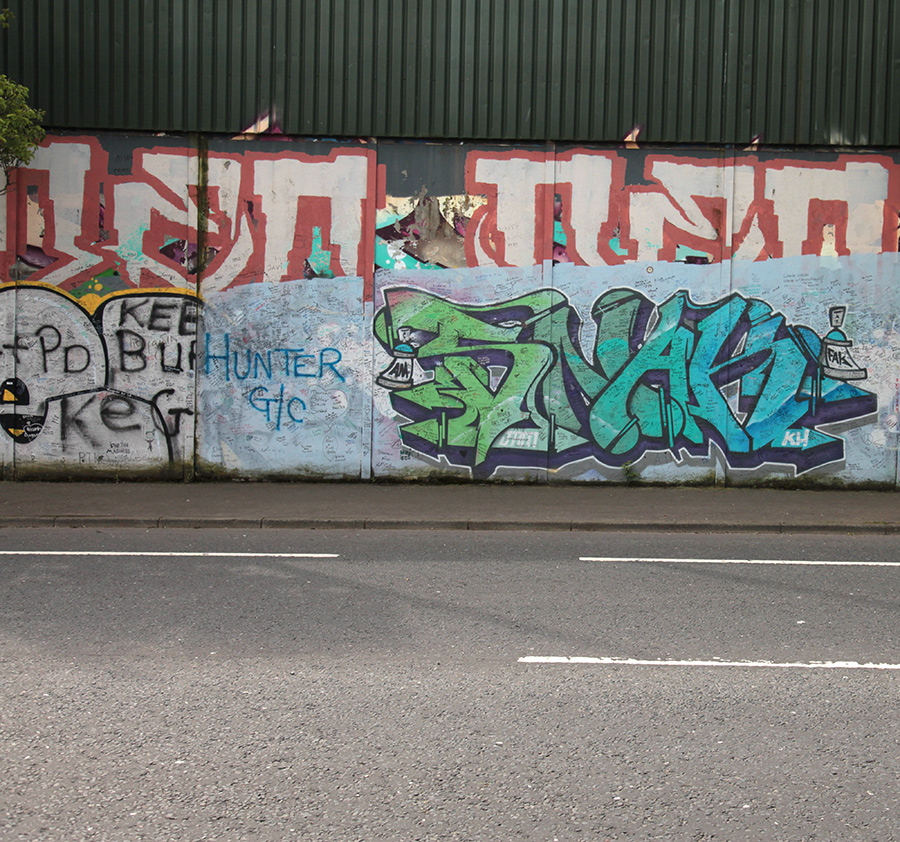
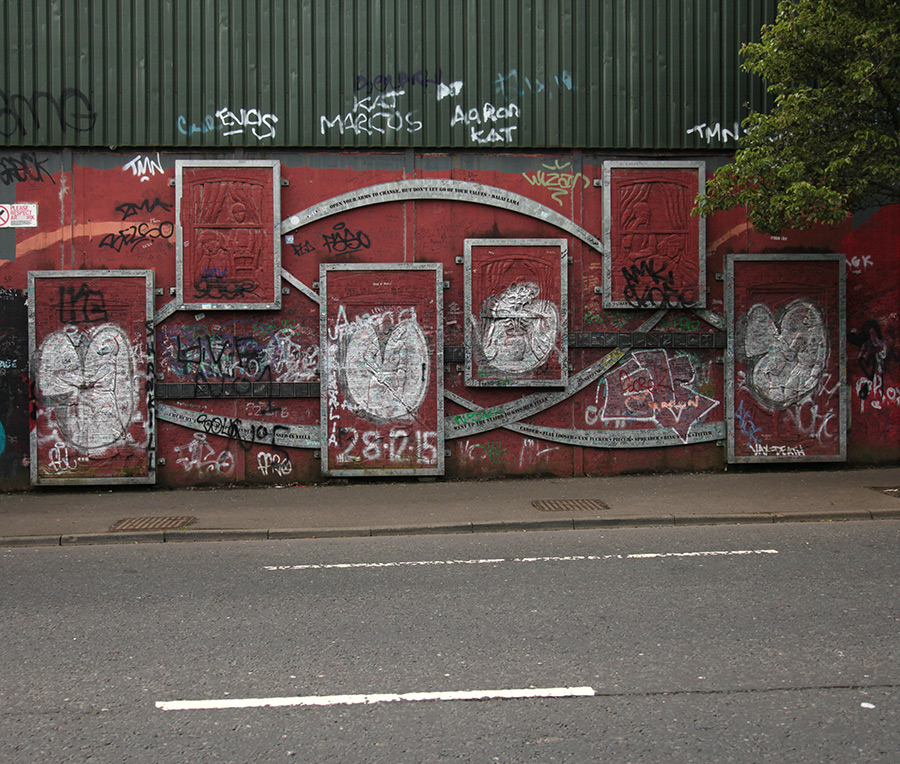
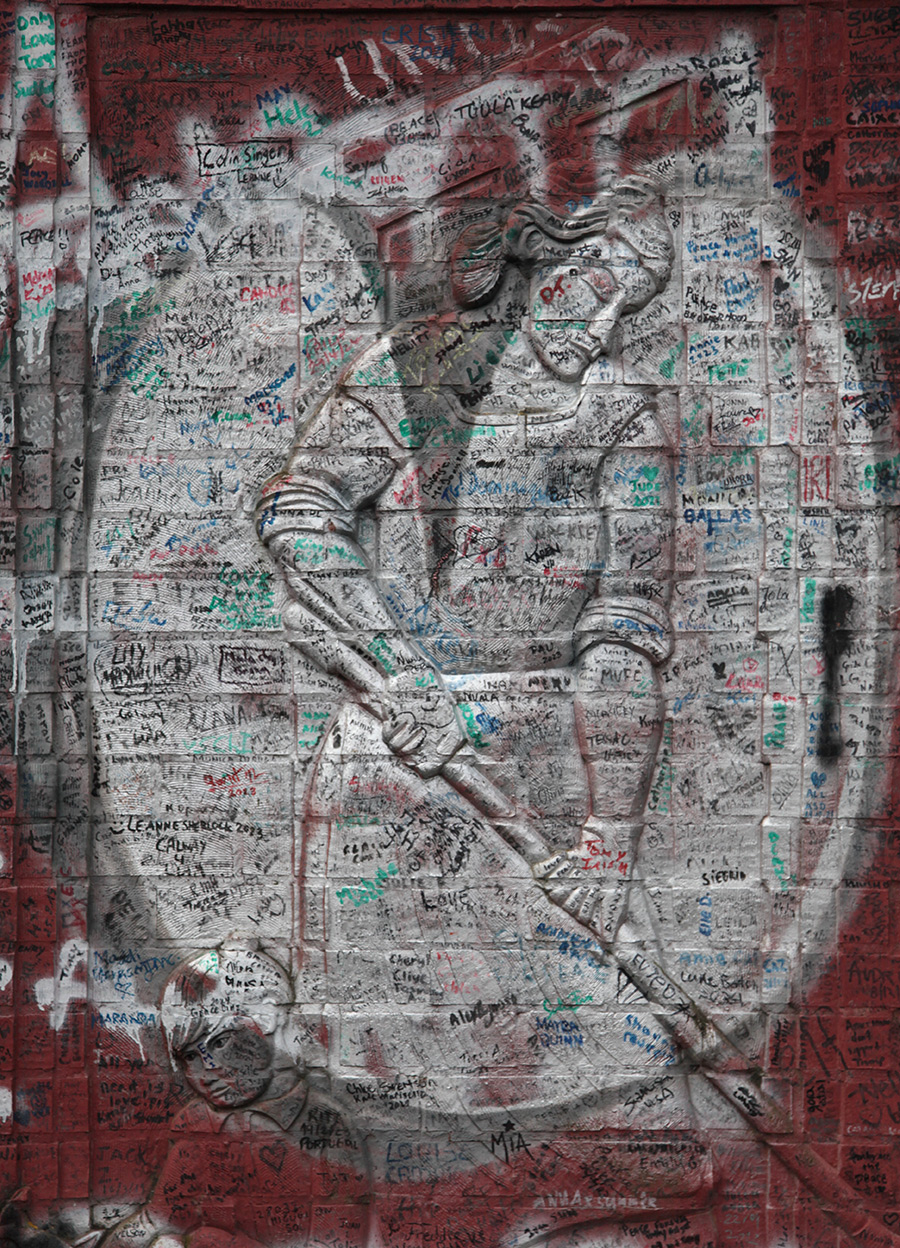
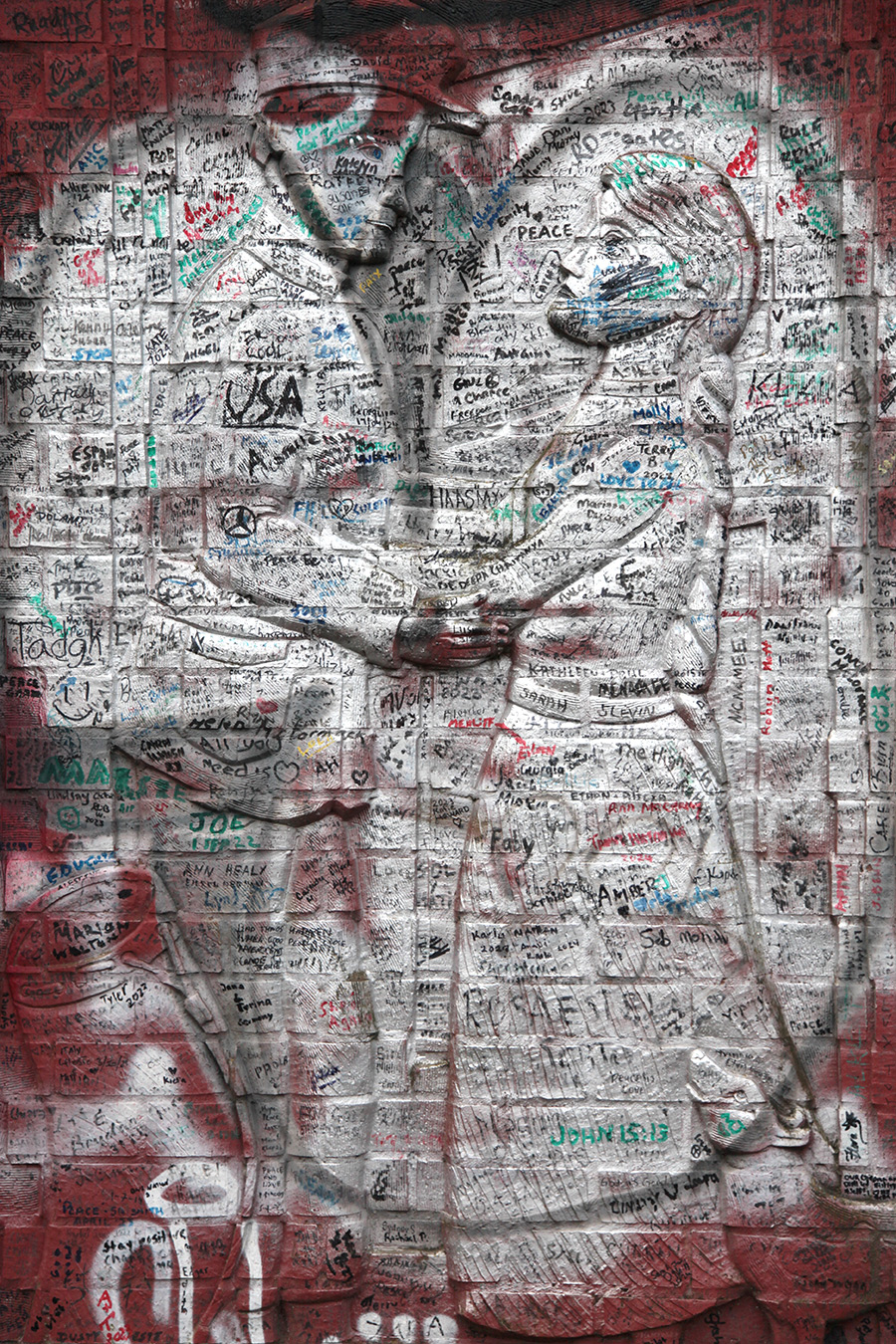
Other Articles You May Like from BSA:
Graffuturism in Barcelona today as KAZZIUS speaks geometry and abstraction on a wall for Contorno Urbano. Rapid fire planes of aqua, marine, and yellow all shoot along an invisible line, pile, c...
Our weekly focus on the moving image and art in the streets. And other oddities. Now screening : 1. Adele Renault Visits Tyson's Corner in Jersey City 2. Monumenta Leipzig 2018: The Monuments-o...
Fabio Petani may win the prize for the most murals this season; Not that there is a prize for this honor, except your skill improves and you get to meet more people at more street art festivals… T...
Sara Lynne-Leo. Debbie Downer. (photo © Jaime Rojo) Sara Lynn-Leo. Well-placed, well-rendered, witty, insightful, incisive. These are hallmarks of the miniature pieces of street art that New Yorker...
Museum of Graffiti Unveils "A Mouthful of Crome": A Reflective Exhibition on the Evolution of a Graffiti Legend. Crome (image courtesy of the Museum of Graffiti) Set to debut on March 5 at ...
 BROOKLYN STREET ART LOVES YOU MORE EVERY DAY
BROOKLYN STREET ART LOVES YOU MORE EVERY DAY










